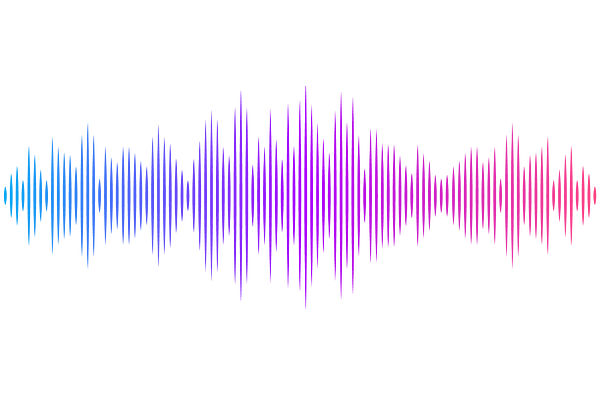12-Years Observation of Seasonal Variation of Atmospheric Neutrino Flux with IceCube

12-Years Observation of Seasonal Variation of Atmospheric Neutrino Flux with IceCube
Shuyang Deng for the IceCube Collaboration
AbstractHigh-energy atmospheric muon neutrinos are detected by the IceCube Neutrino Observatory with a high rate of almost a hundred thousand events per year. Being mainly produced in meson decays in cosmic-ray-induced air showers in the upper atmosphere, the flux of these neutrinos is expected to depend on atmospheric conditions and thus features a seasonal variation. The correlation between temperature fluctuations and variations of the neutrino rates can be described with a slope parameter $\alpha$, whose previous measurement with 6 years of IceCube data indicated a discrepancy to theoretical expectations. In this work, we present an update of the previous analysis, extending the statistics to 12-years of IceCube data, as well as adding a region in the Northern Hemisphere to the analysis. We estimate the slope parameter in the Southern Hemisphere to be $\alpha=0.325\pm0.022$, which confirms the previous observation of the tension between the theoretical predictions and experimental measurements with significance $>3\sigma$. Furthermore, the seasonal variation in the Northern Hemisphere has also been observed for the first time, with $\alpha=0.731\pm0.222$. Investigations into systematic effects reveal that the observations not only show a weaker correlation compared to the predictions, but also deviate from the expected linear relation between the atmospheric neutrino flux and the atmospheric temperature.